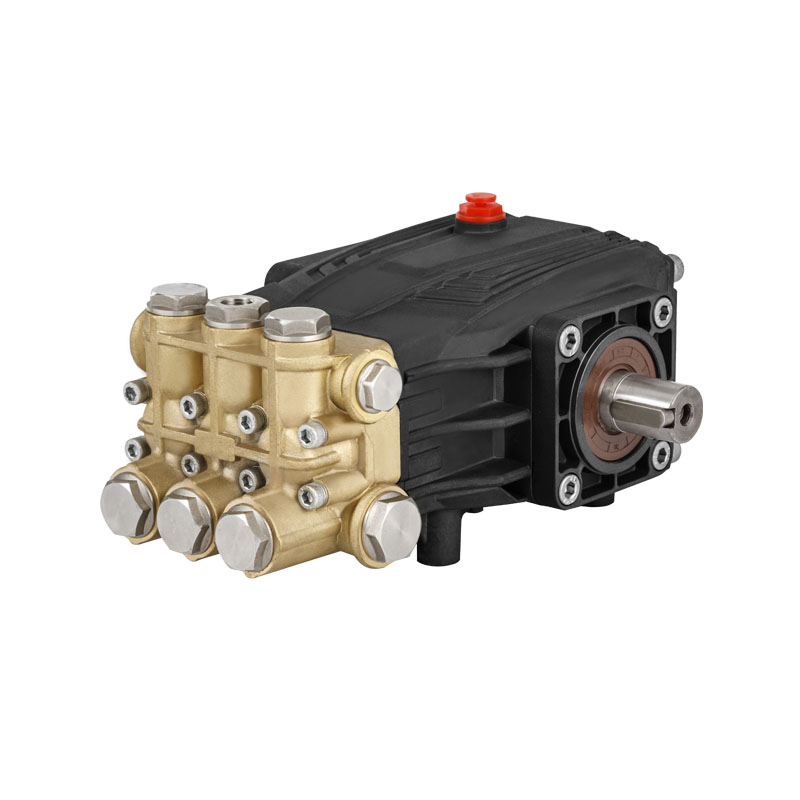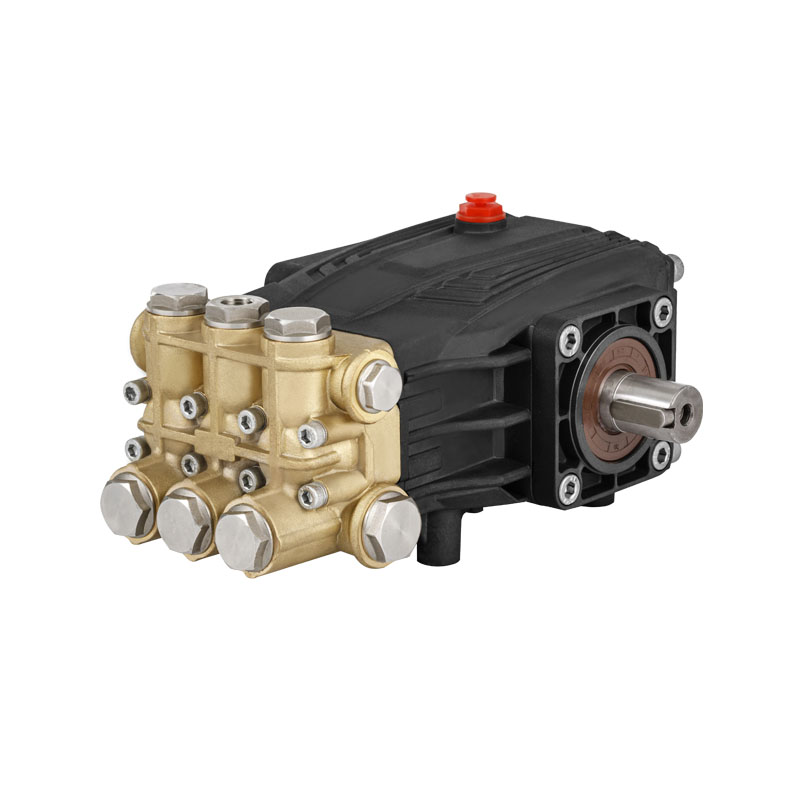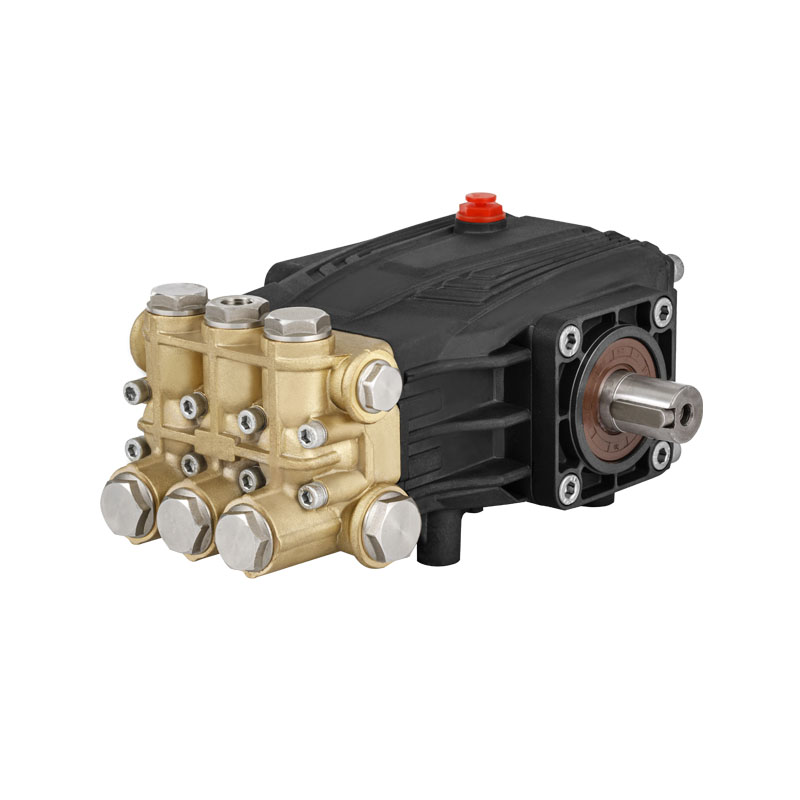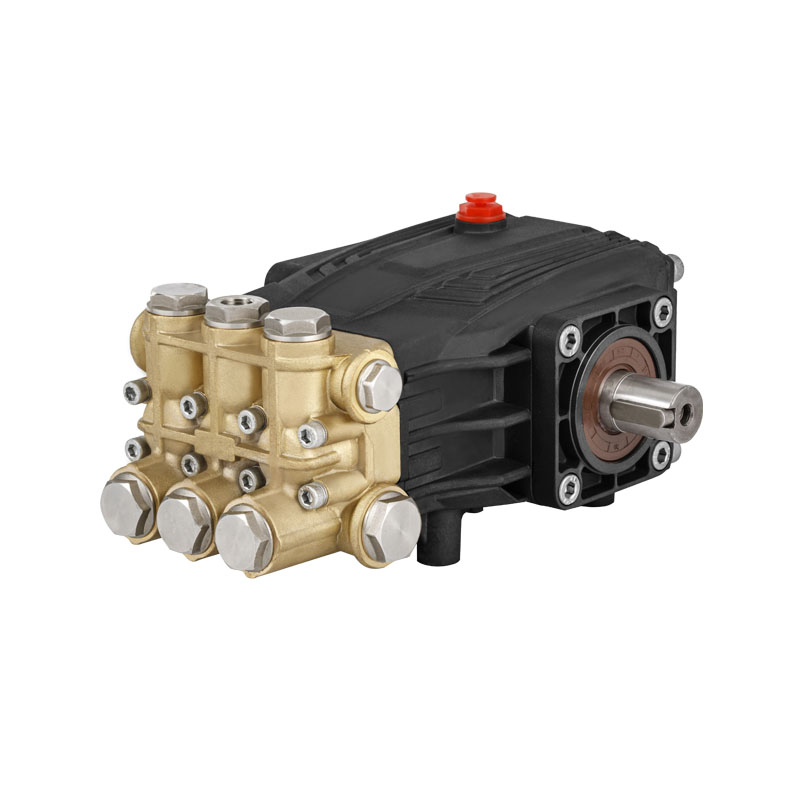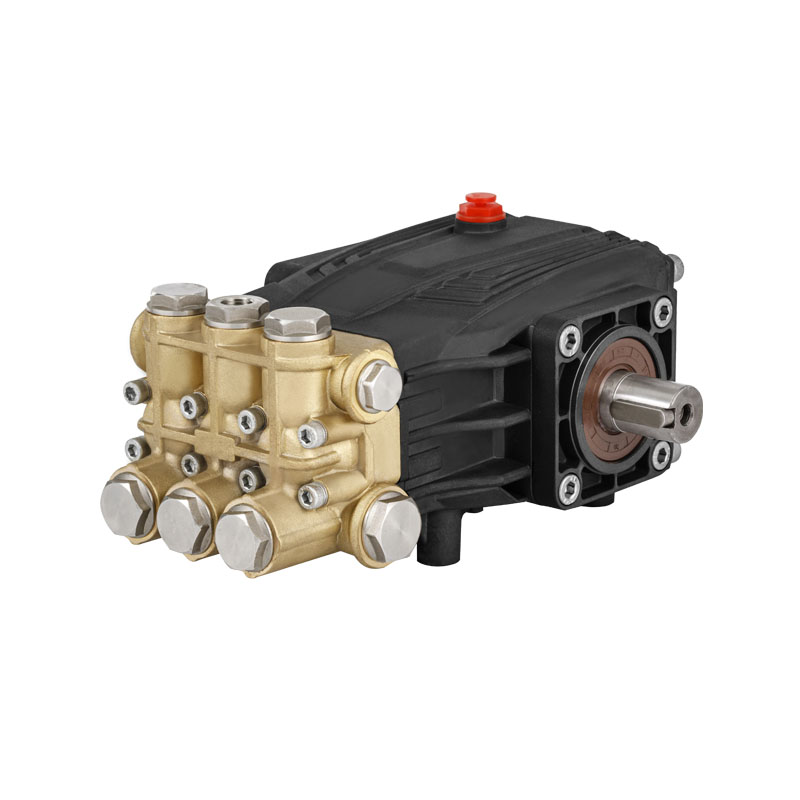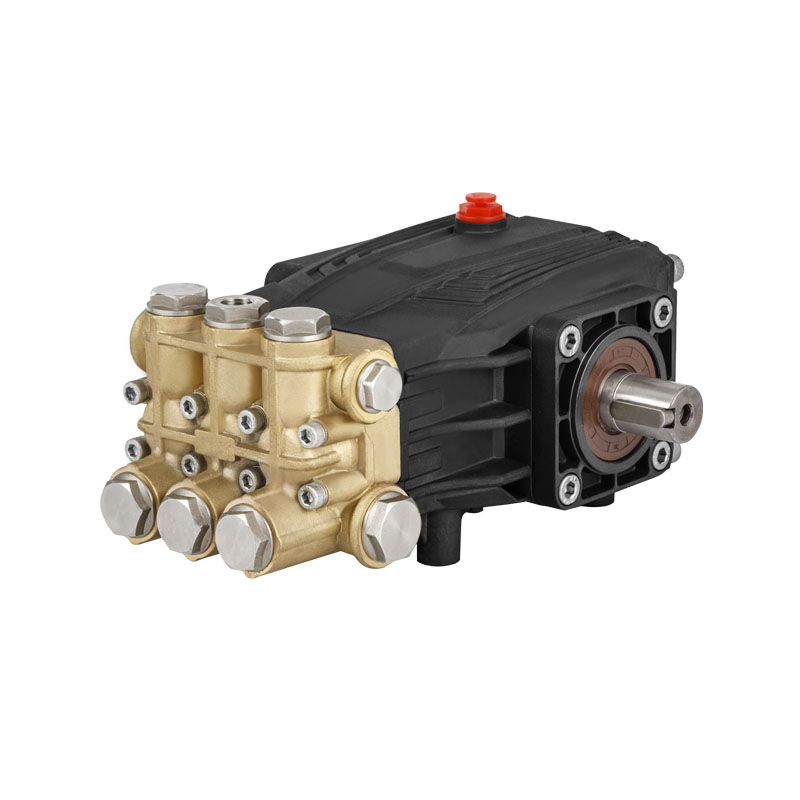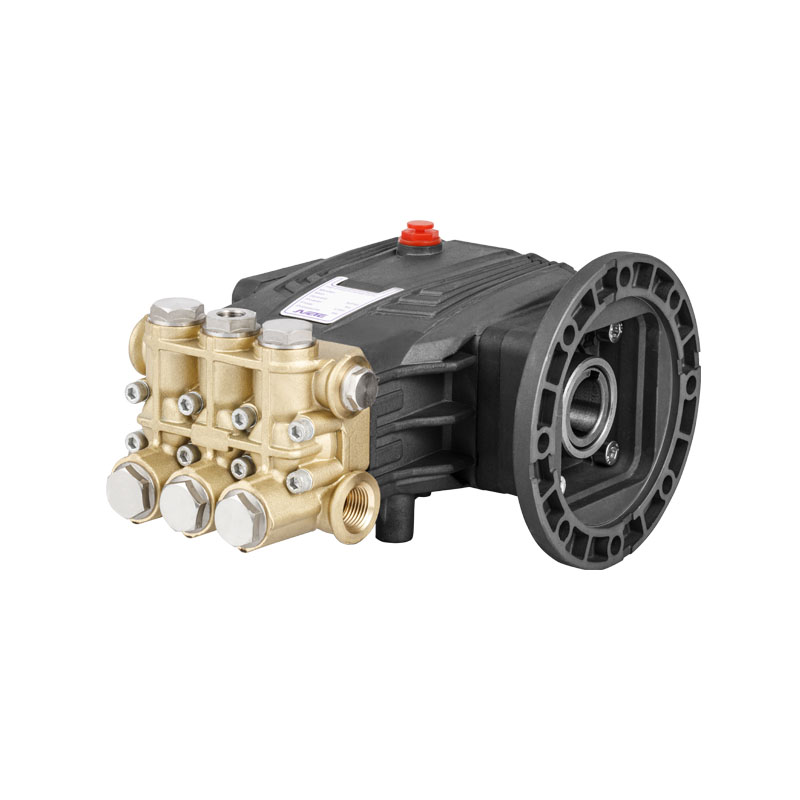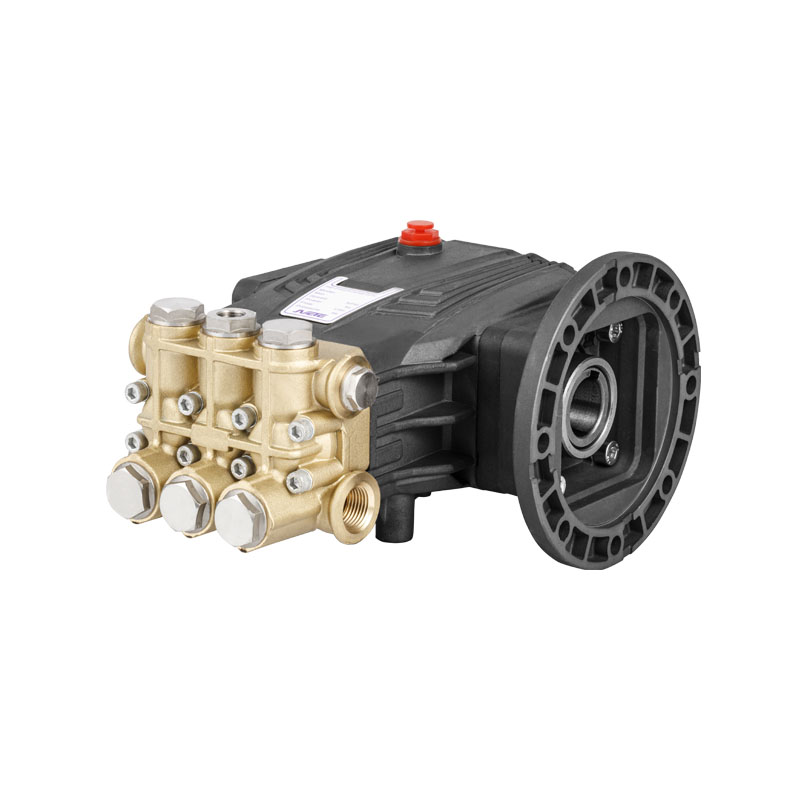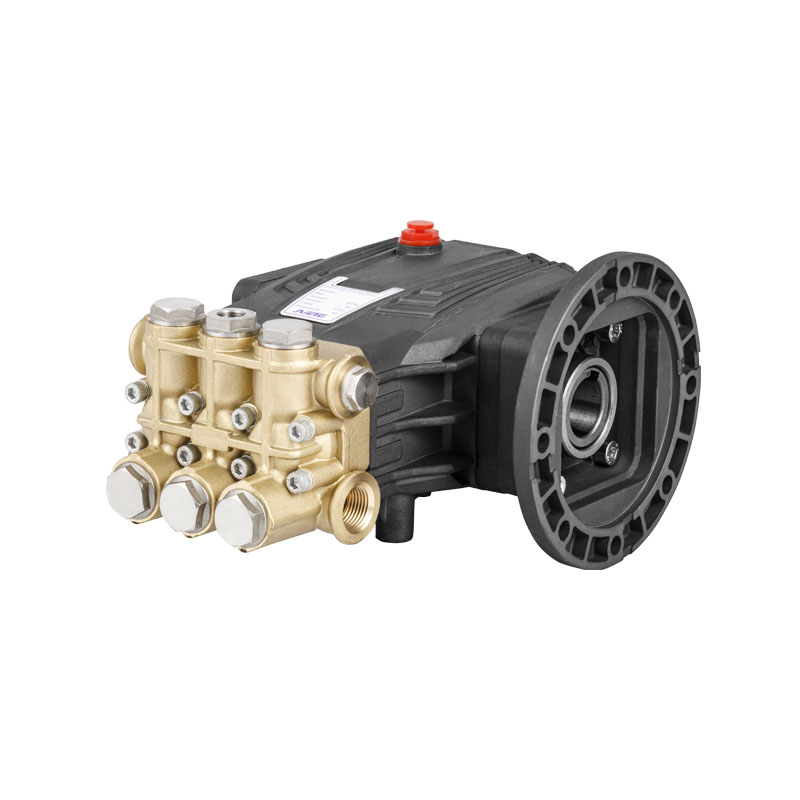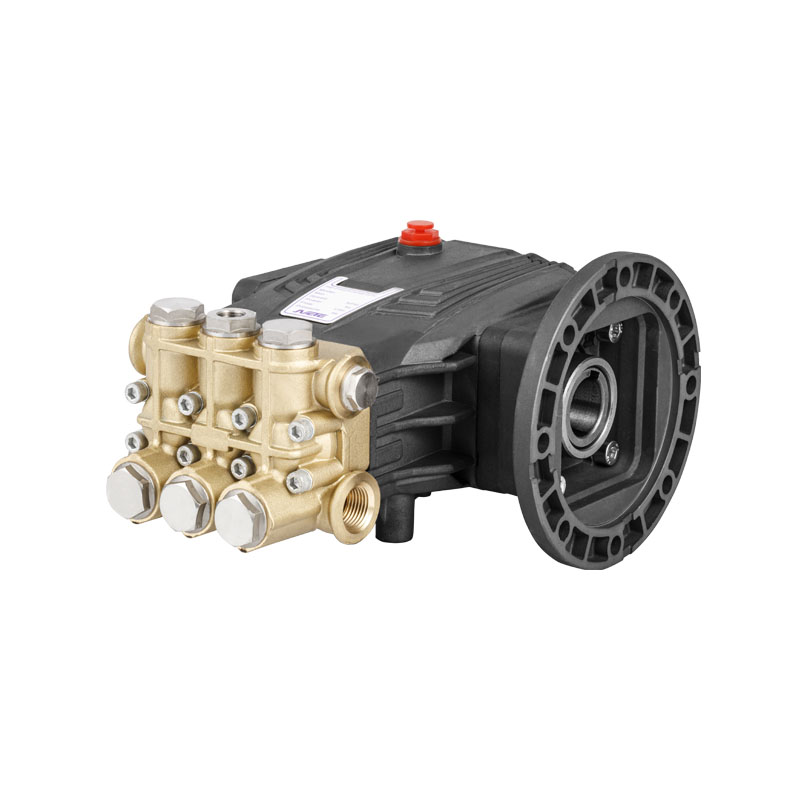High-pressure water blasting pumps can strip paint from steel, unplug refinery columns, or cut concrete at 40,000 psi, yet the same force that makes them powerful can rupture hoses, fracture fittings, or inject water through a worker’s boot. When you are ready to buy or rent a unit, the question is not flow-rate or horsepower; it is which safety features stand between an ordinary shift and a catastrophic injury. Below are the non-negotiable protections that experienced operators, fleet managers, and safety directors look for before they sign off on a machine.
Pressure Relief Valve with Auto-Dump
A mechanical spring-loaded valve is the last line of defense against dead-head over-pressure. Look for a unit whose relief valve is set no higher than 110 % of rated working pressure and vents straight back to tank, not to atmosphere, so hot water and abrasive debris do not spray across the deck.
Redundant Burst Disc or Rupture Assembly
If the primary relief valve clogs with scale, a sacrificial disc rated at 115 % of working pressure ruptures within milliseconds, dropping system pressure to zero. Choose a design where the disc is isolated by a needle valve so you can change it without draining the entire circuit.
Double-Braided, Color-Coded Hoses
Inner tube, two spiral wire braids, and an abrasion-resistant outer cover resist kinking under 20,000 psi surges. Color-coding by pressure class—blue for 10K, yellow for 20K, red for 40K—eliminates guesswork on crowded job sites. Insist on hoses that meet ISO 7751 and carry a 4:1 burst-to-working-pressure safety factor.
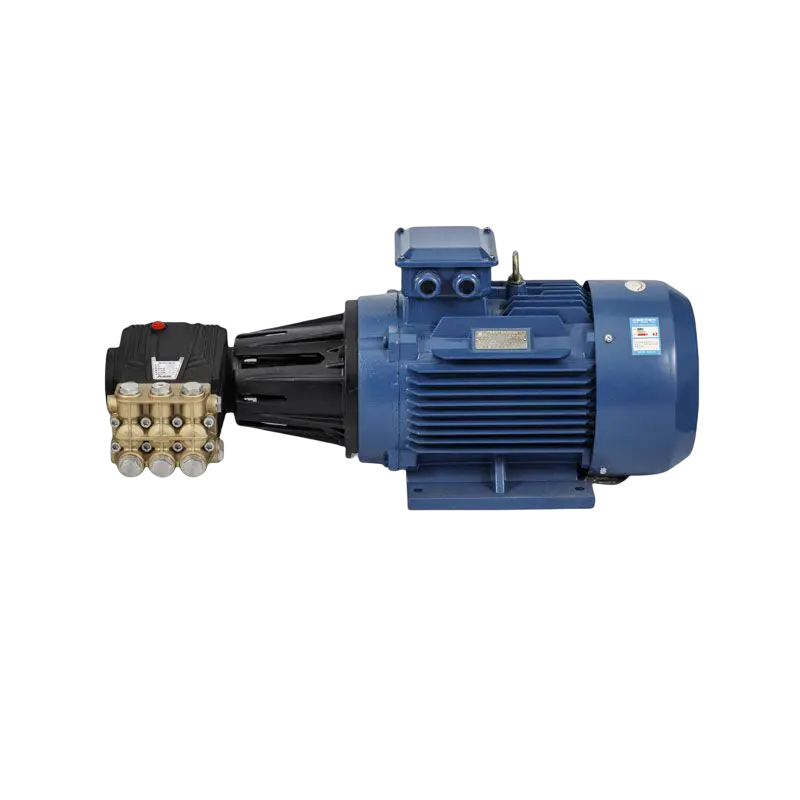
Dry-Run Protection and Thermal Shut-Off
Plunger pumps rely on water for both sealing and cooling. Magnetic flow switches detect low-flow conditions and shut down the prime mover before ceramic plungers crack. A thermal probe in the crankcase adds a second layer, stopping the unit if oil temperature exceeds 95 °C.
Trigger-Gun with Zero-Pressure Hold and Safety Latch
A dead-man trigger that vents trapped pressure when released prevents accidental discharge during hose repositioning. The latch must be manually reset after each squeeze, making “blow-by” incidents almost impossible.
Remote Emergency Stop and Bluetooth Tether
Modern diesel-driven skids include a 30 m wireless e-stop pendant that kills fuel and spark. Bluetooth-enabled units can also alert a supervisor’s phone if vibration or temperature exceed thresholds, allowing intervention before catastrophic failure.
Armored Foot Control with IP67 Rating
When both hands are occupied with a rigid lance, a foot switch becomes the operator’s throttle. Armor plating and an IP67 seal protect against dropped tools, chemical overspray, and wash-down water.
Automatic Pressure Unloader and Soft-Start Ramp
An electronic unloader gradually ramps pressure from zero to set-point over three seconds, eliminating the water-hammer spikes that split hoses and loosen swivel joints.
Ergonomic Lance Guard and Hand-Protection Sleeve
A molded composite guard positioned 150 mm behind the nozzle deflects ricocheting debris, while a heat-insulating sleeve keeps surface temperature below 45 °C even during continuous operation.
Certified Documentation and Color-Coded QR Placards
Every hose, fitting, and valve should carry a traceable serial number linked to test certificates stored in the cloud. Scanning the QR code on the pump frame instantly displays pressure-test dates and replacement intervals, ensuring compliance without paper logbooks.
Before you commit, ask the supplier for a live demonstration of the relief-valve auto-dump and emergency-stop response time. Verify that the operator’s manual dedicates at least one page to lock-out/tag-out procedures and that replacement burst discs are stocked on site. High-pressure water blasting pumps are only as safe as their weakest component; insist on these ten features and you convert brute force into controlled, predictable power.





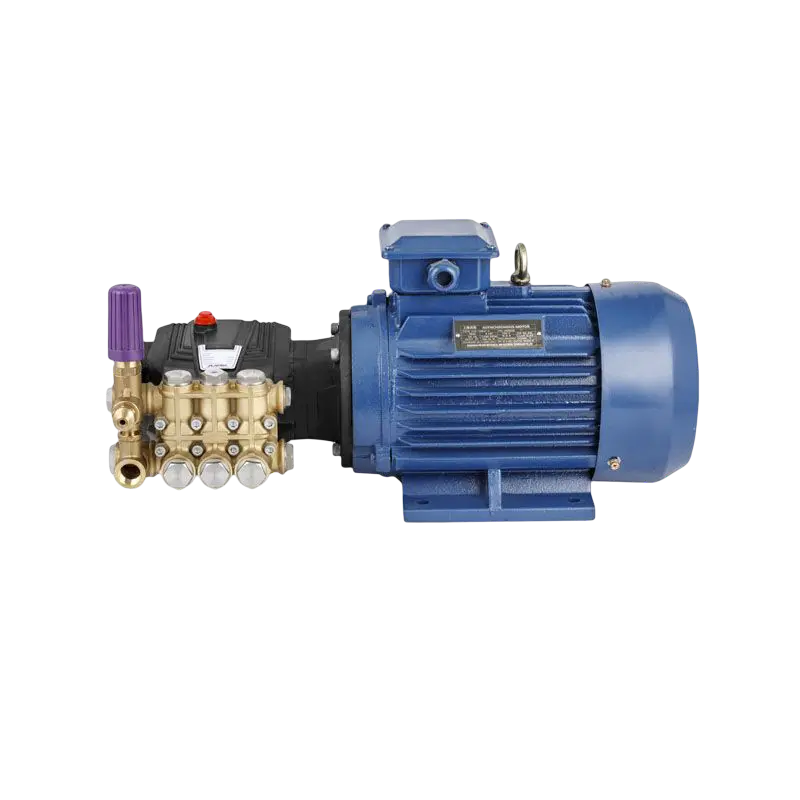
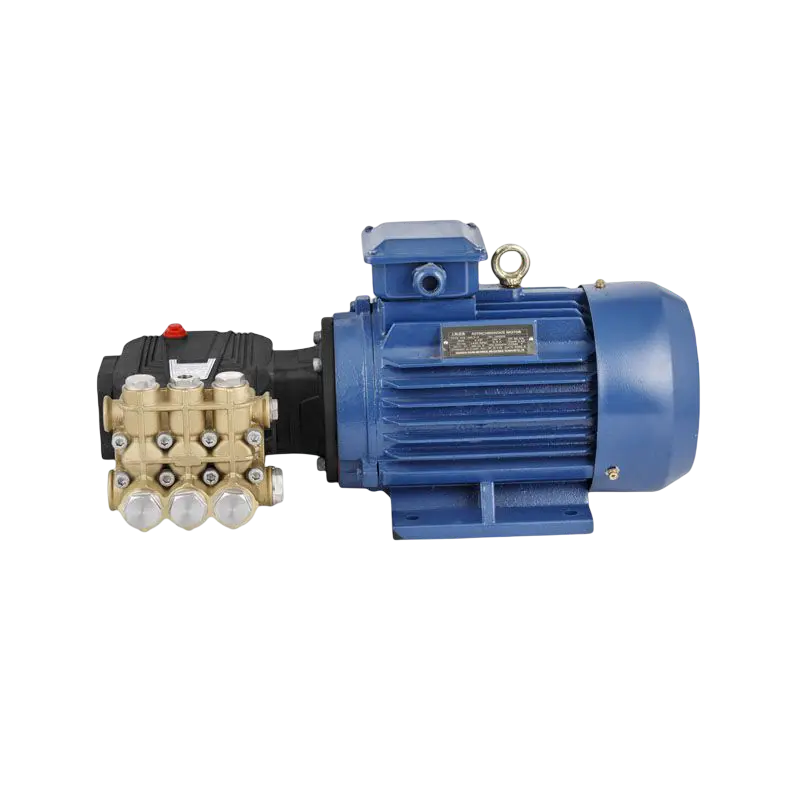
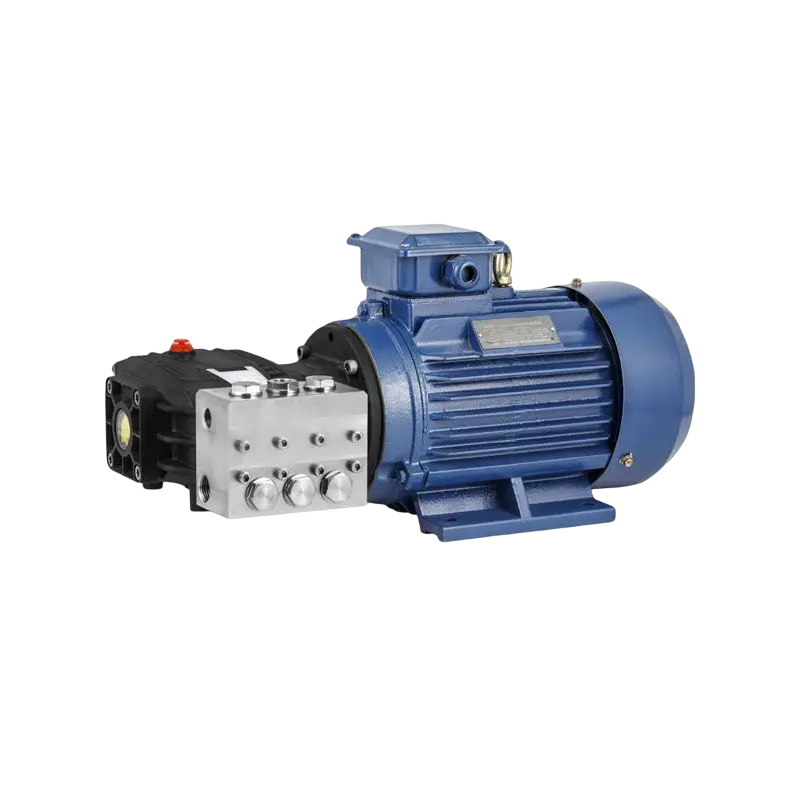
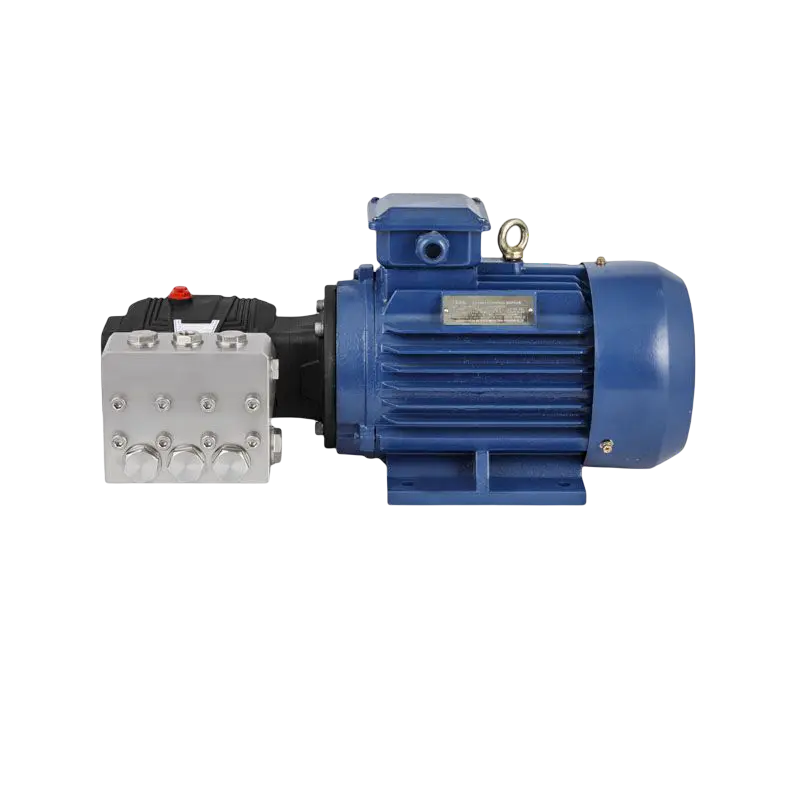
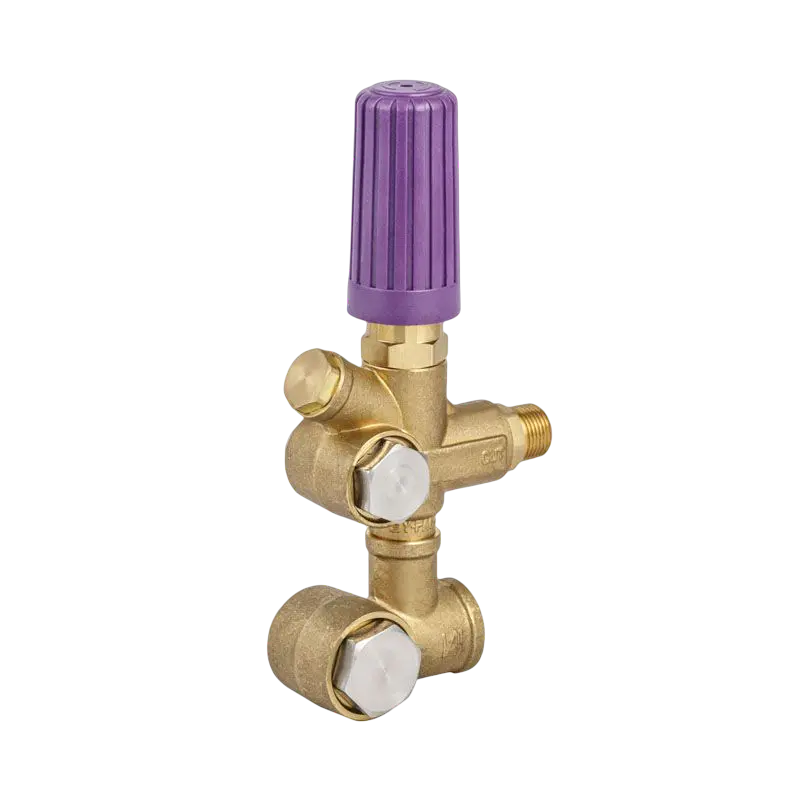
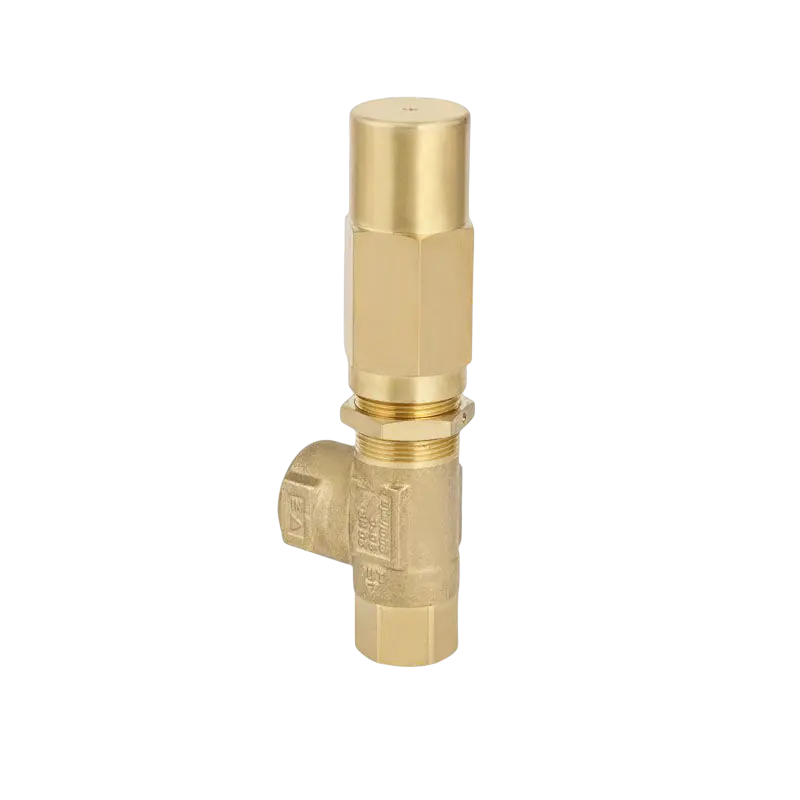
-2(1).png)
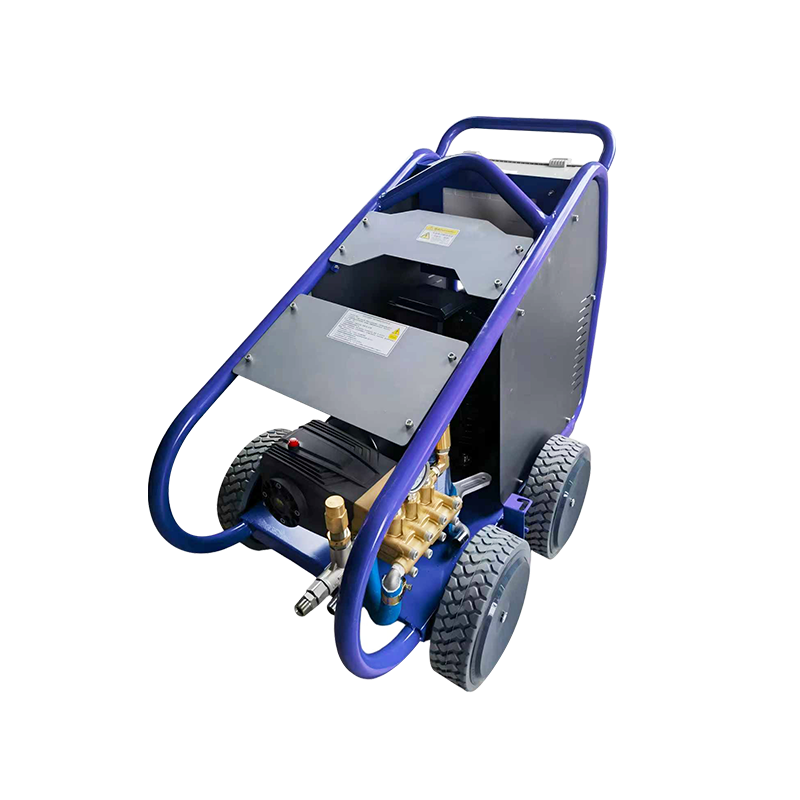

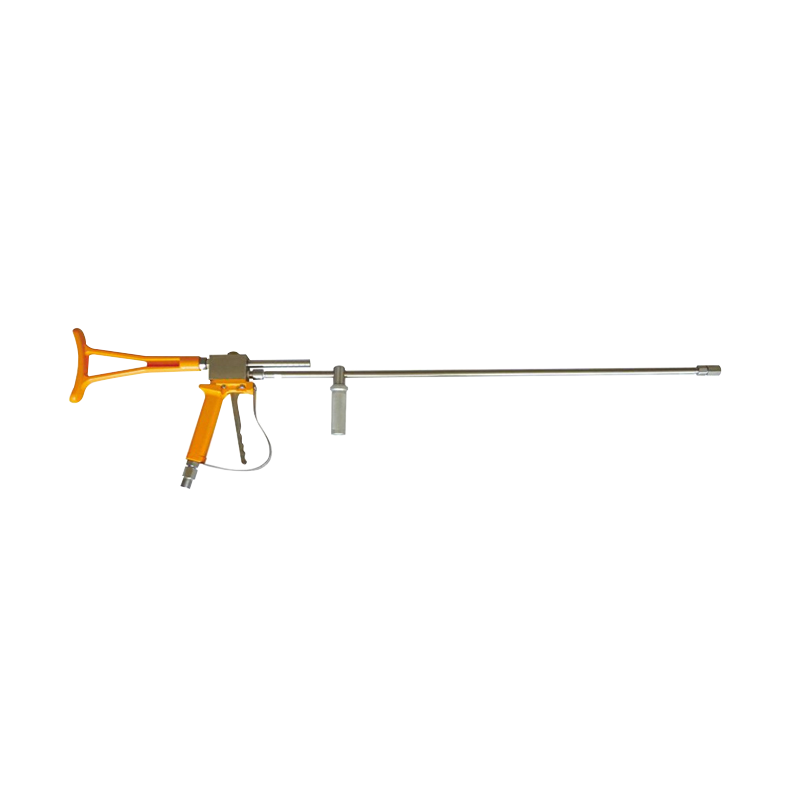
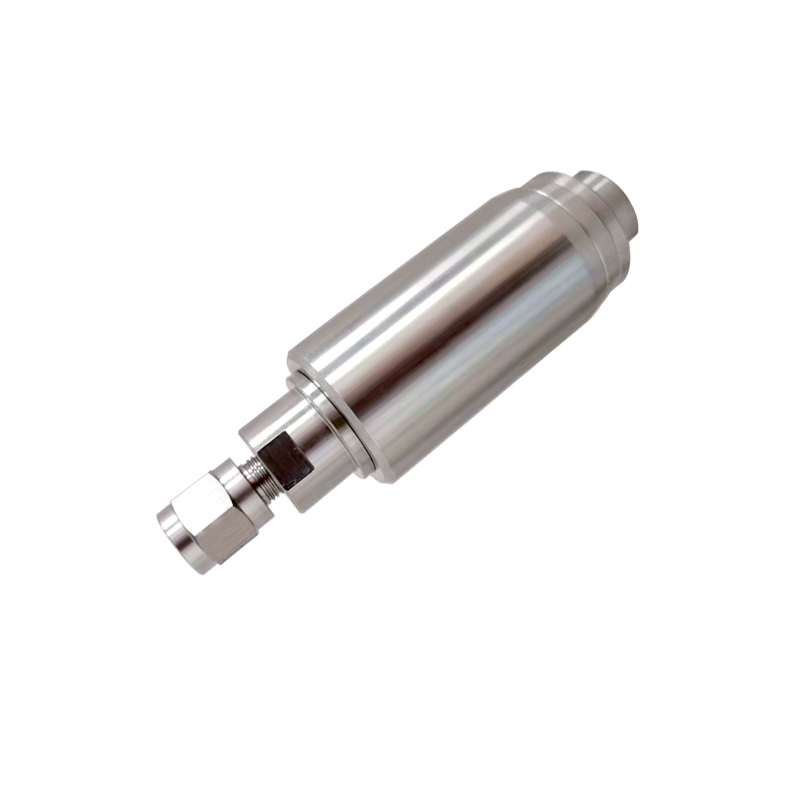
 English
English Español
Español
